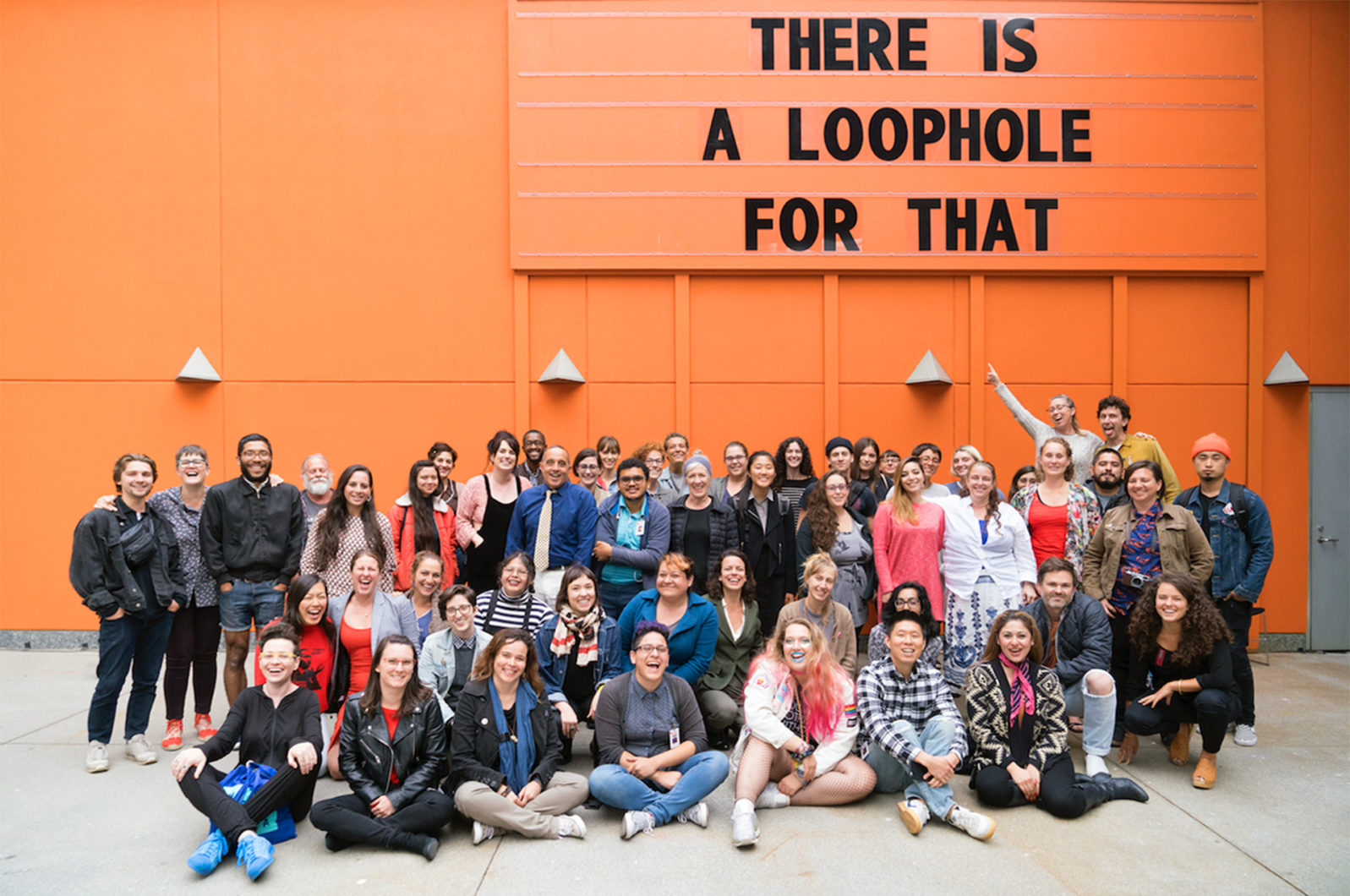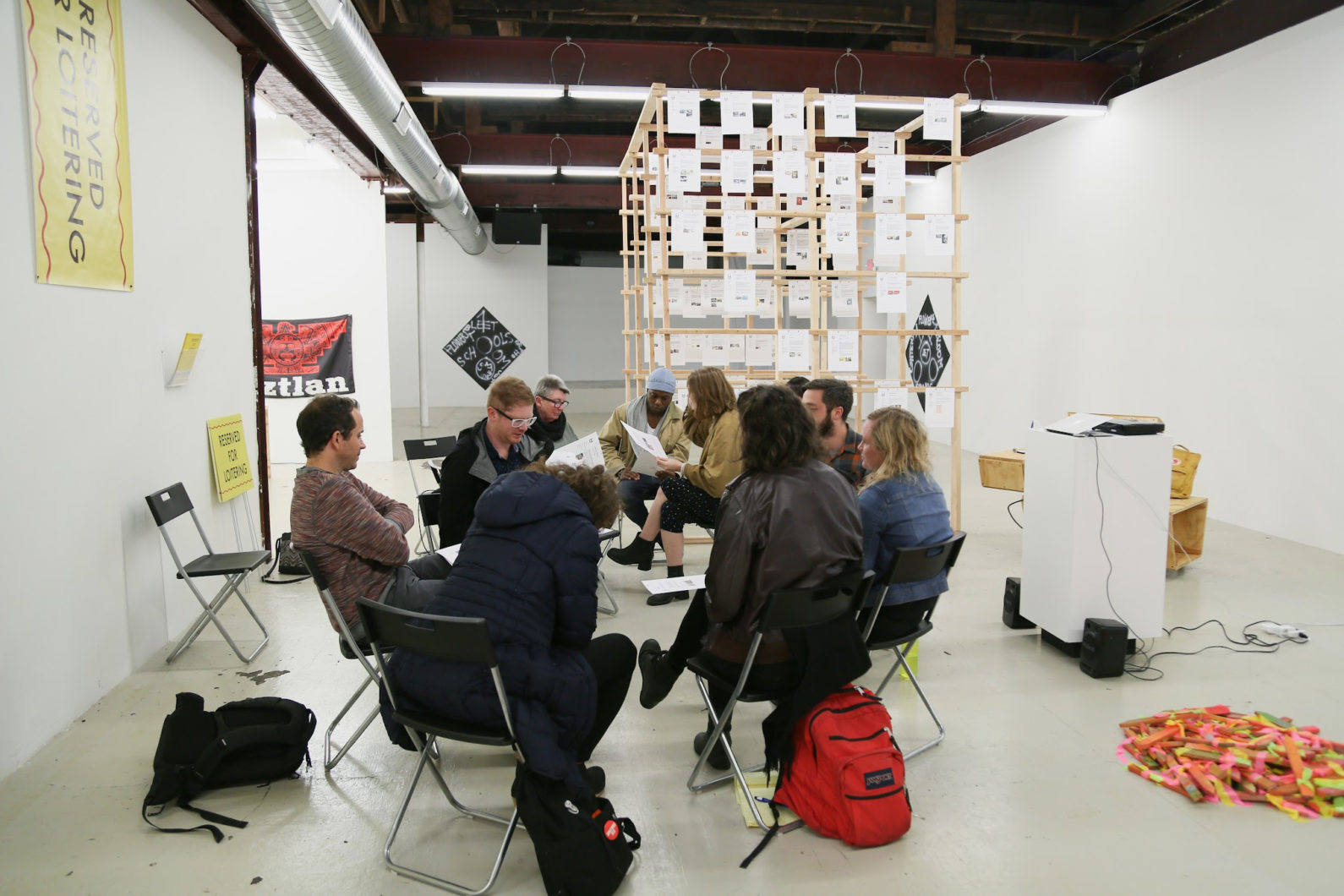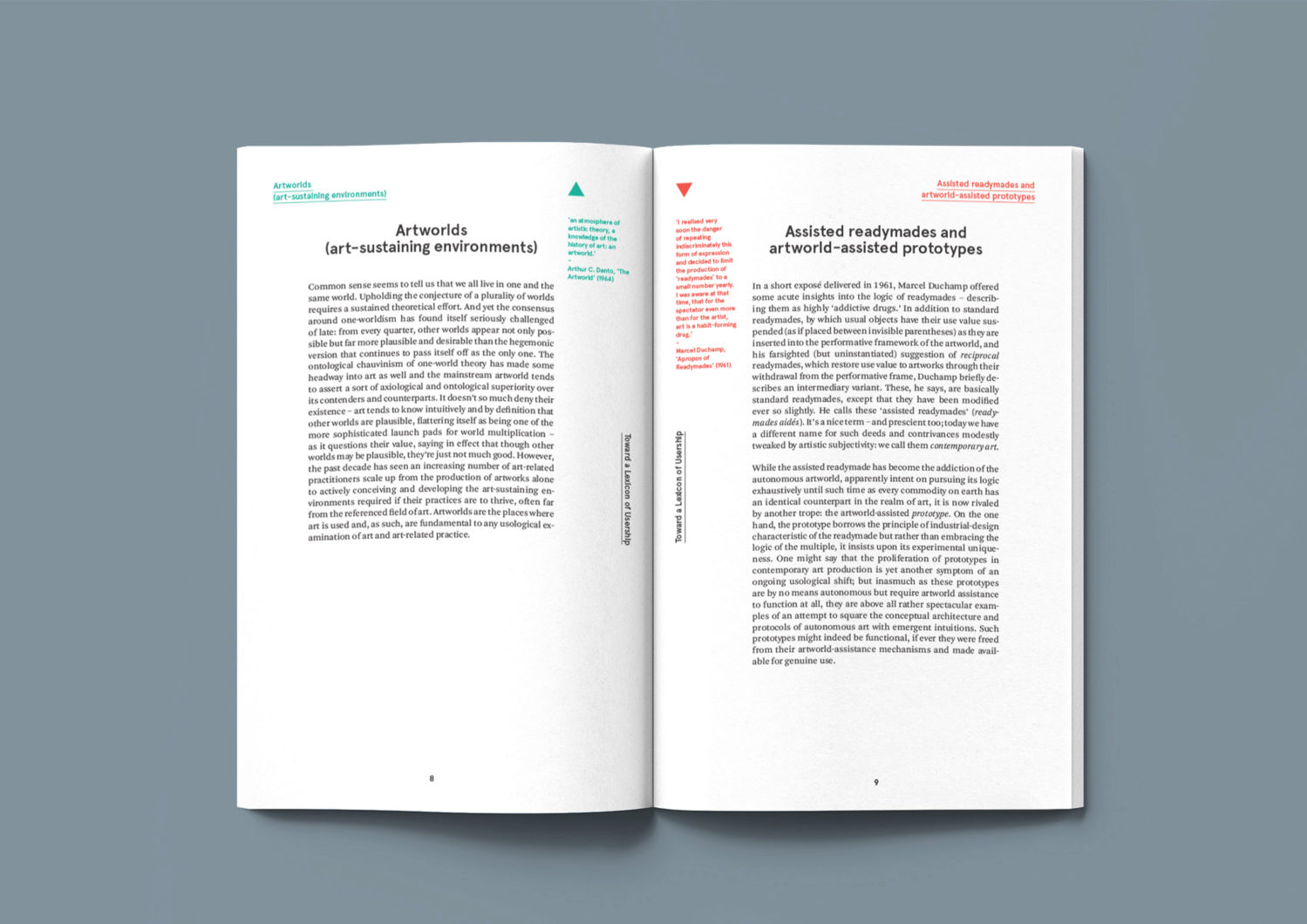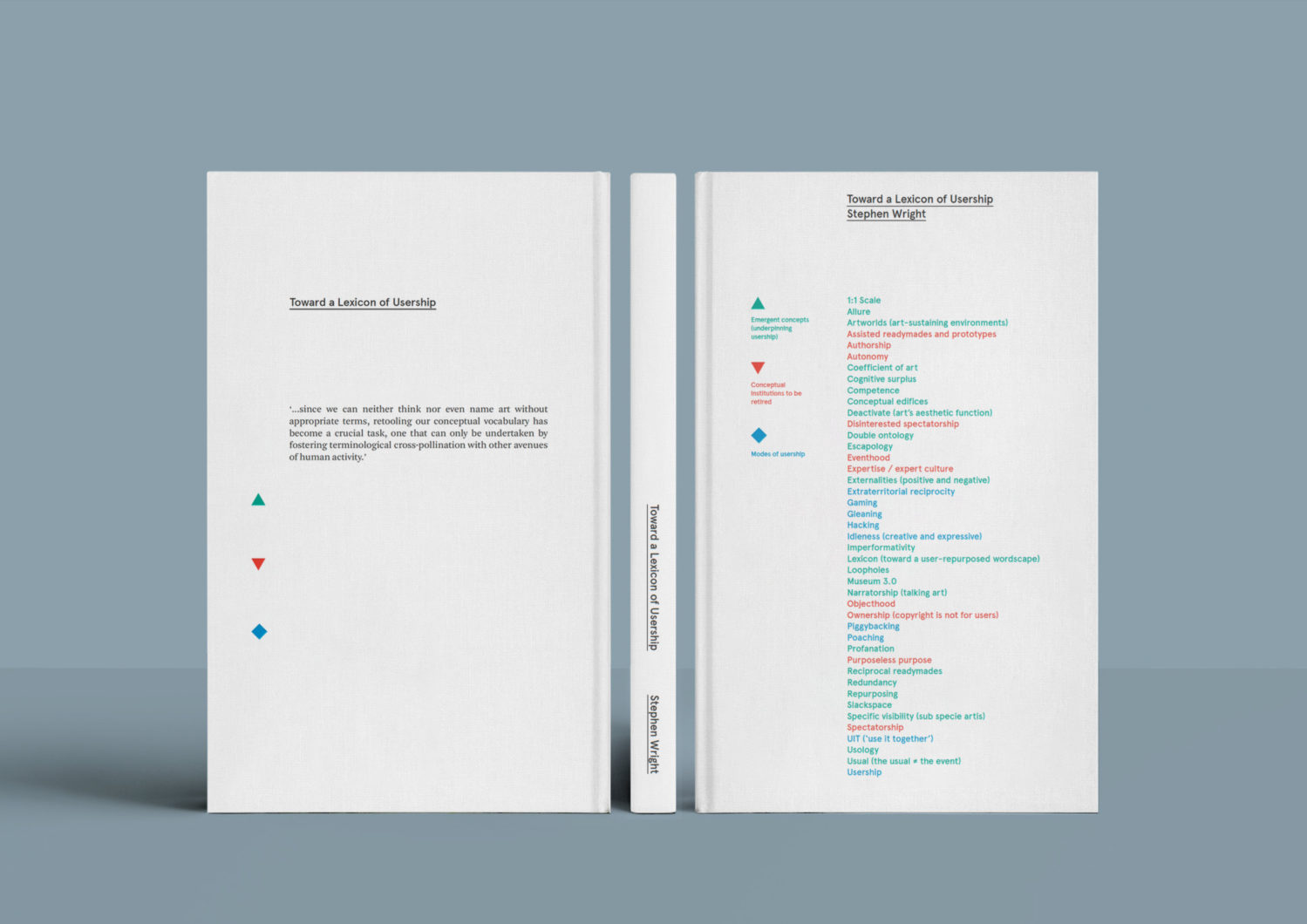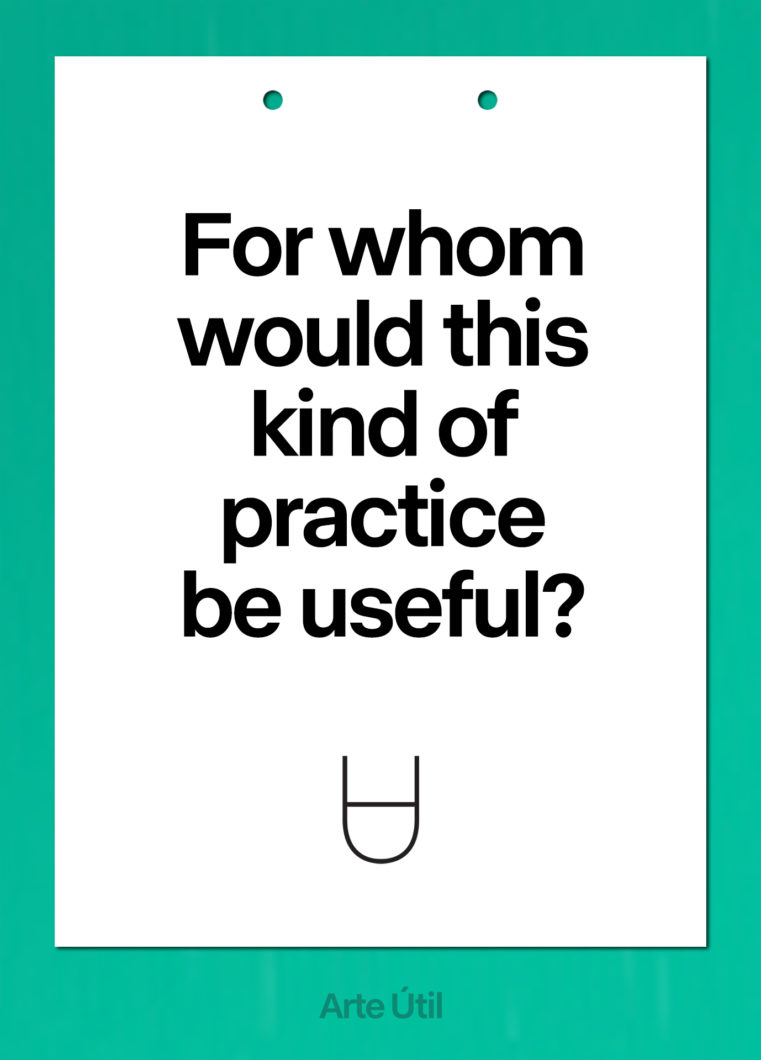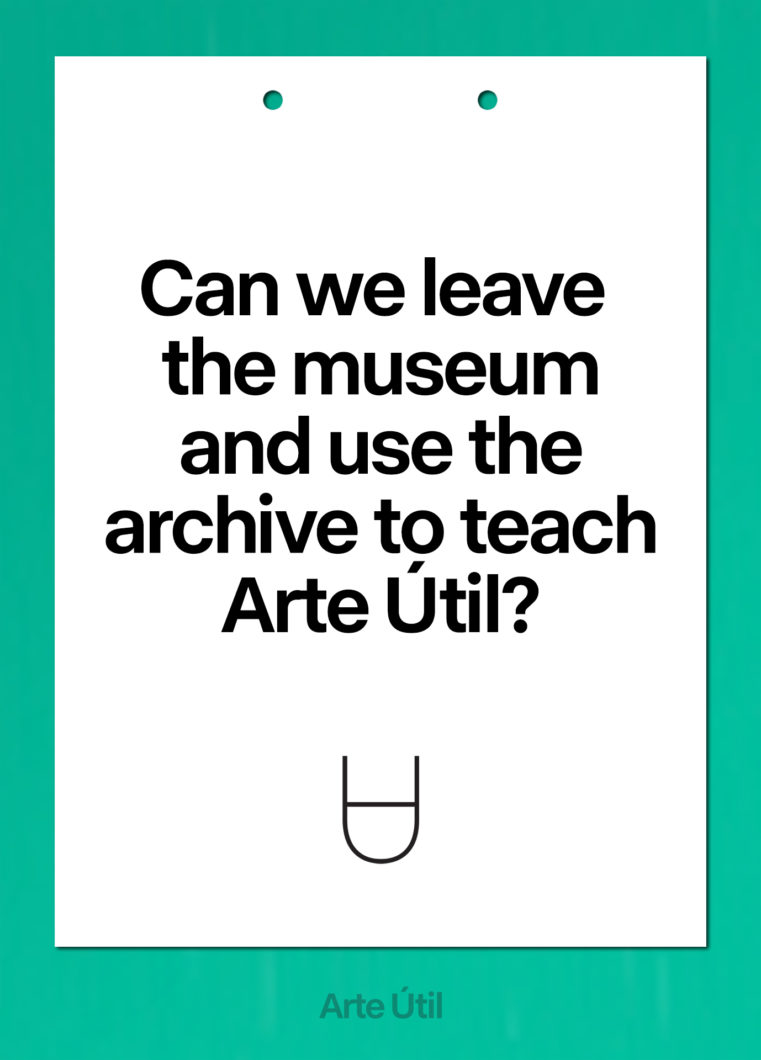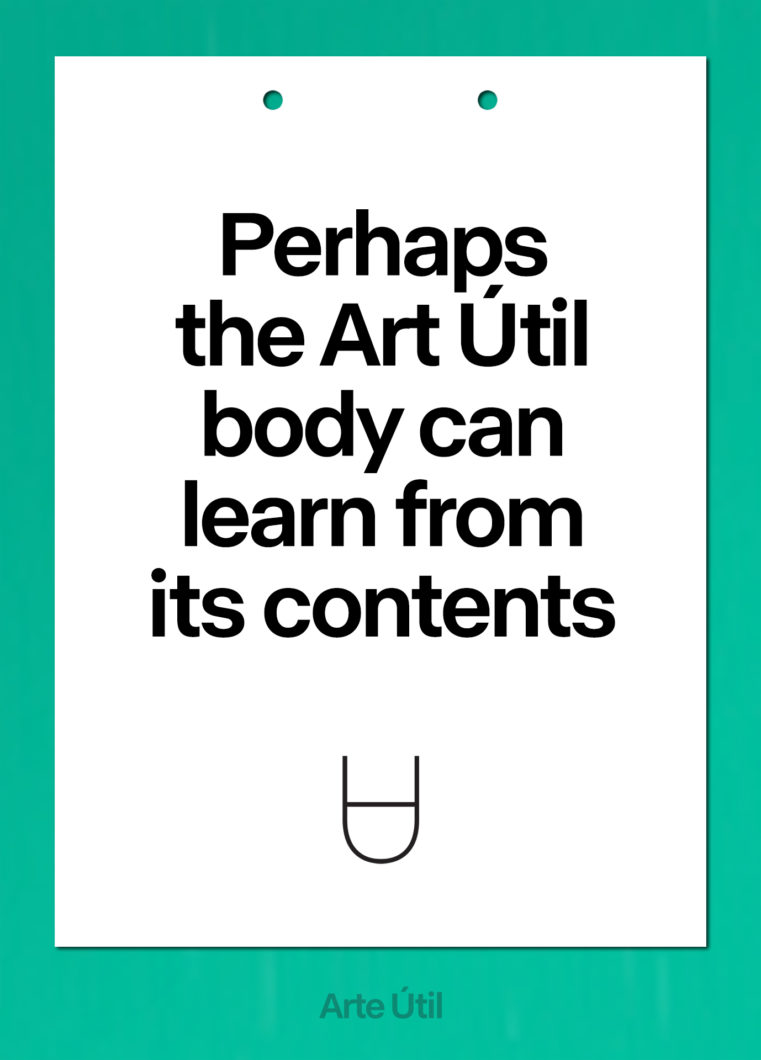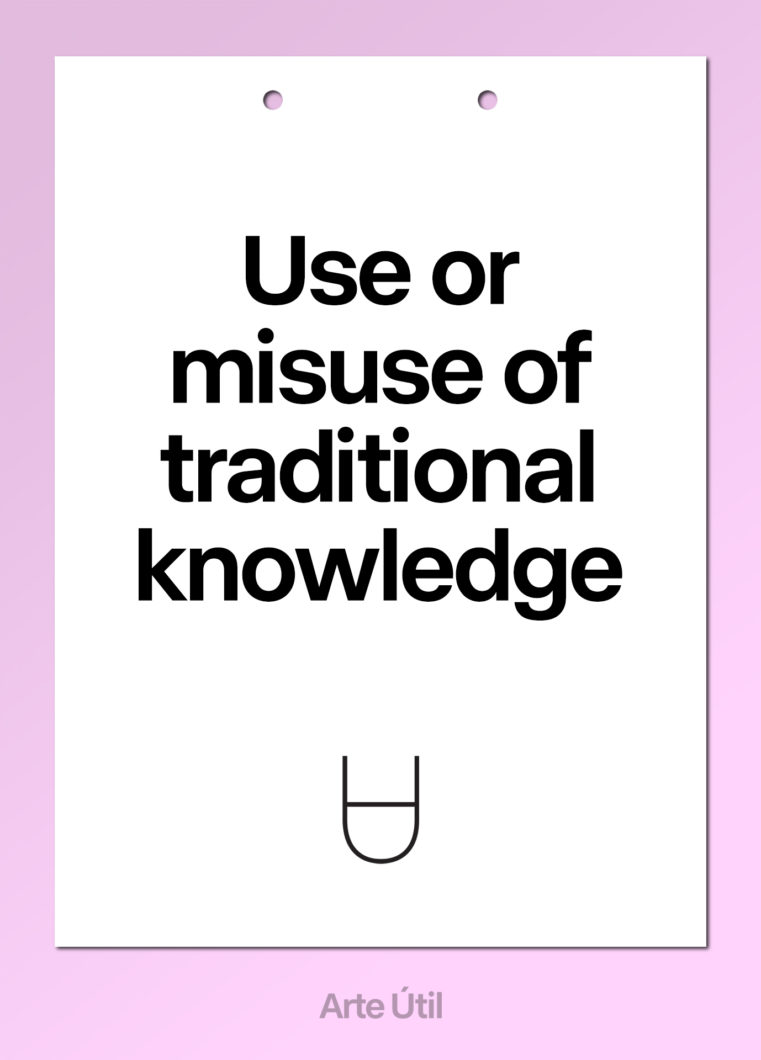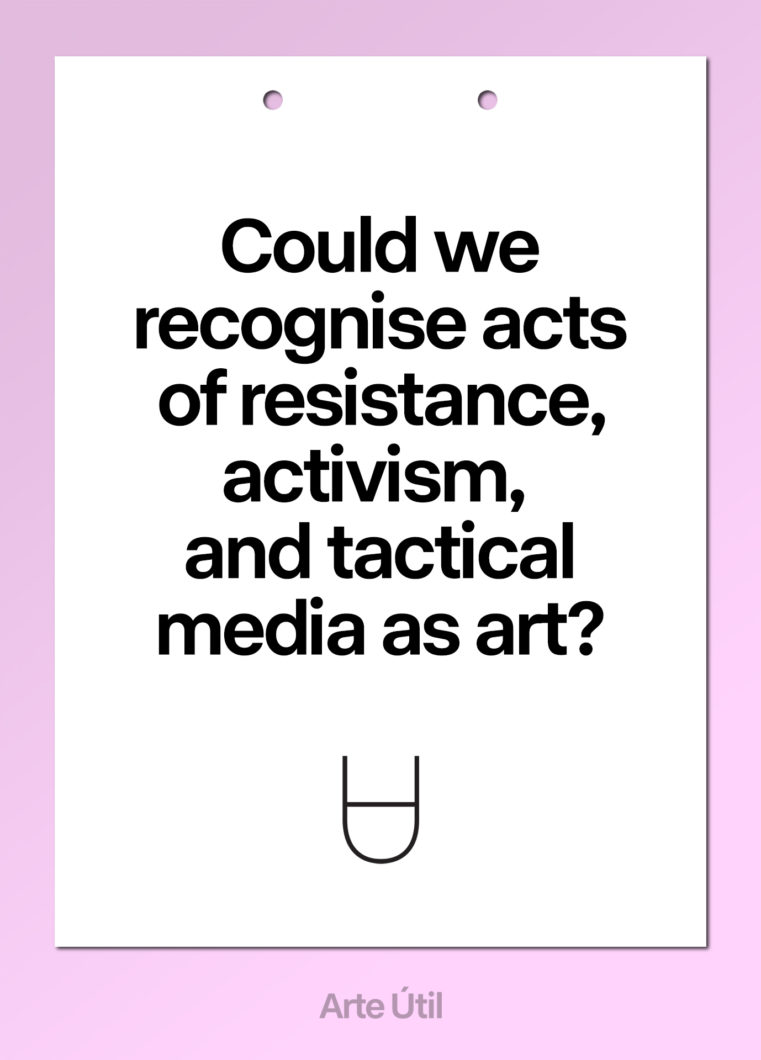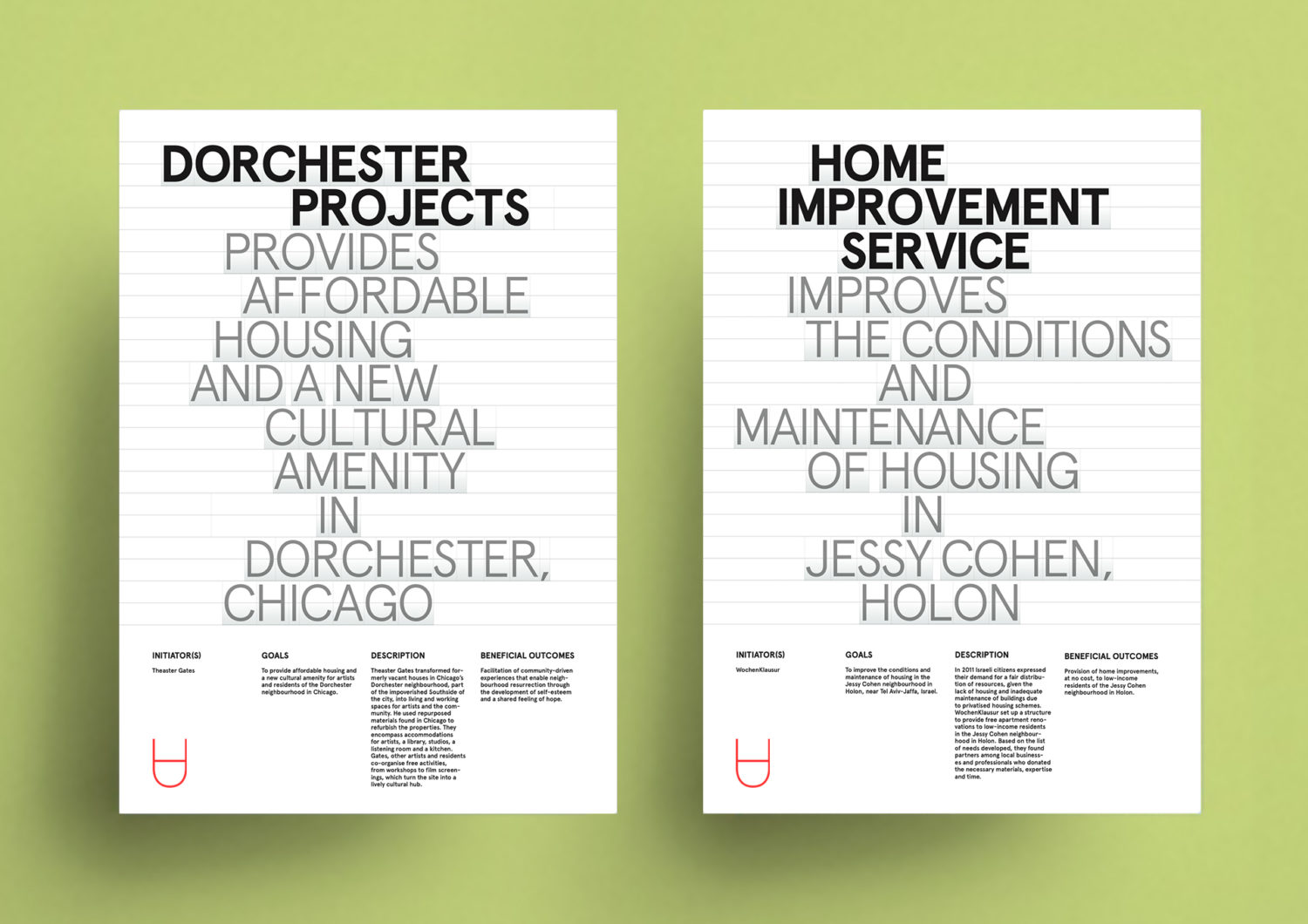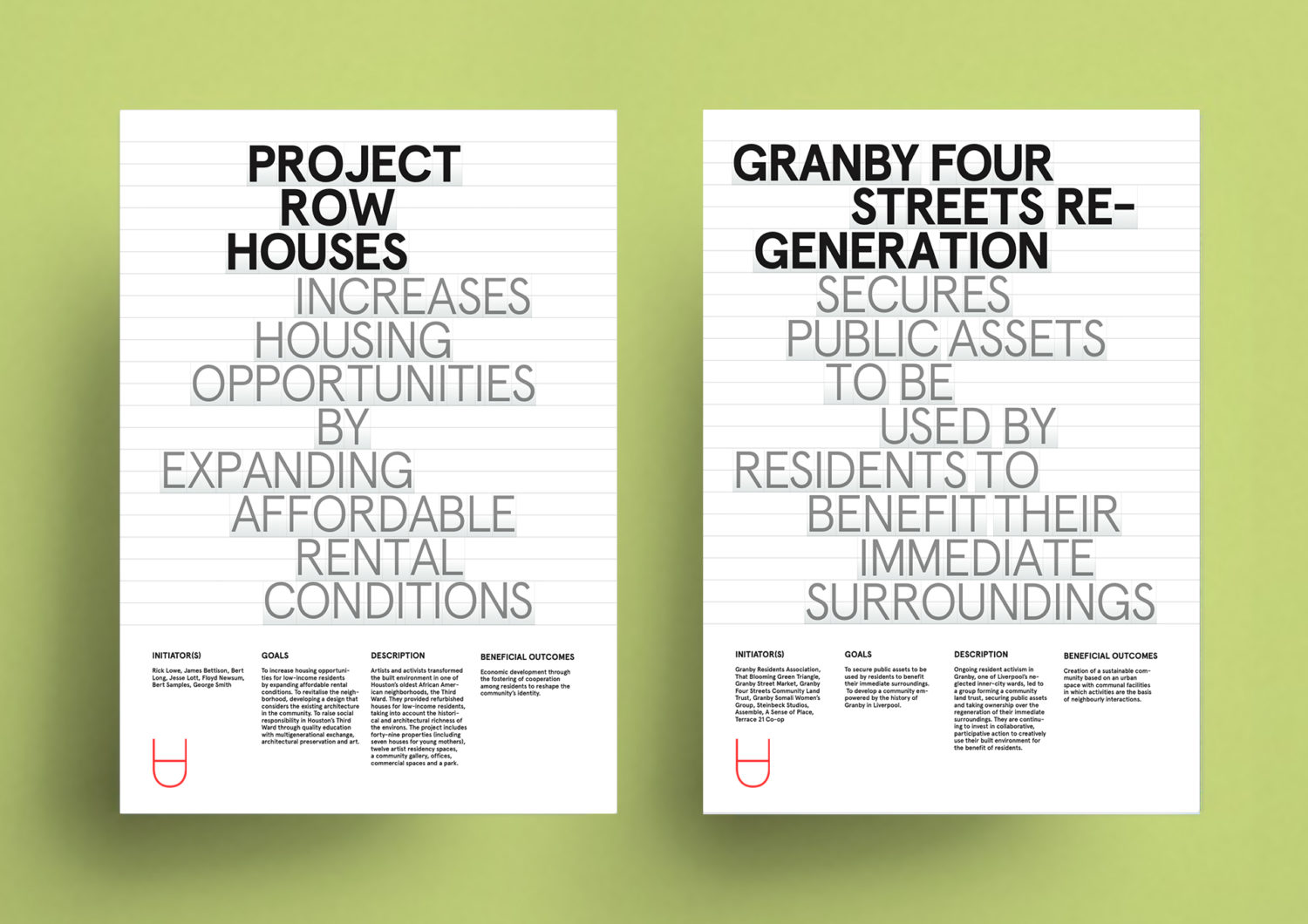Tools
Are you interested in one of the activations that support the research about Arte Útil? What follows are previous iterations of the project that were fundamental in expanding the critical discourse around the notion of art as a tool. The Asociación de Arte Útil, in dialogue with those interested in developing a strand of research about the concept of usership in art, can use the following examples as a starting point for the adaptation of the project in their context and for their uses.
If you and/or your organization are interested in activating one of these devices, please be in touch with a proposal, and we will facilitate its realization.
Museum
How can we ‘use’ the museum? How can it become a civic institution for production and output? The old building of the Van Abbemuseum reopened in 2013 as the Museum of Arte Útil as proposed by Tania Bruguera, a place where art’s use value and social function were put to the test. The ambition was to transform the museum into a Social Power Plant, where spectators become users and collective, transformative energy can be generated for use in the world outside. The Museum of Arte Útil presented an archive of over two hundred case studies that imagine, create and implement beneficial outcomes by producing tactics that change how we act in society. This archive provided the fuel for the Social Power Plant; the presentations were a toolkit for users to re-purpose tactics and methodologies to their own ends.
School/Escuela
The Escuela de Arte Útil is a free academic programme that lasts between five to eight weeks and uses the Arte Útil archive as the primary tool to write the syllabus. The course should be designed in collaboration with the hosting institution, universities and/or schools, in dialogue with the Asociación de Arte Útil.
Conceived by Tania Bruguera and commissioned by Yerba Buena Center for the Arts in 2017 as part of the exhibition Tania Bruguera: Hablándole al Poder, the Escuela has been proposed and activated so far at the Museo Universitario Arte Contemporaneo – MUAC with Universidad Nacional Autónoma de México, UNAM (Mexico City), the Institute of Contemporary Art, ICA with Virginia Commonwealth University – VCU (Richmond), and the Museum of Modern Art (New York).
Would you like to host an Escuela de Arte Útil? Please be in touch to discuss the programme with the Asociación.
Office
The Office of Arte Útil is the implementation in the form of a working space of Arte Útil’s working methodology, which has an archive at its core. Conceived by the Asociación of Arte Útil in collaboration with its using institutions and constituencies, it is a flexible space in time which stands at the intersection of a workshop, a library, a study room, an archive, or simply a place where to hang out. It provides toolkits to study, propose and create projects that challenge how we act in the world and, at the same time, point out what Arte Útil means for different constituencies. Users are encouraged to set up an Office in the form it suits their space better, and, ultimately, to submit case studies to be considered for the archive.
Would you like to set up an Office of Arte Útil? Please be in touch to discuss the programme with the Asociación.
Summit
The Asociación de Arte Útil organises periodical gatherings in collaboration with international art institutions to discuss the principles of usership in the arts; expand the understanding of Arte Útil through presentations, workshops, lectures, conversations, and Q&A sessions; address the role of the art sector in forming a new political agenda in dramatically changing times; present the Arte Útil archive as a toolkit for constituencies; create a Toolkit for Institutions, to apply the methodologies; analyse the history and lexicography of Arte Útil; re-present the Asociación de Arte Útil and the Archive as a resource that is activatable by constituencies and publics in specific local situations.
The first Arte Útil Summit Responding to Current Urgencies – Toolkit for an Institution (22 – 25 July 2016) was organised in collaboration with Middlesbrough Institute of Modern Art (mima), UK.
The second Arte Útil Summit Does Art Have Users? was organised by Phyllis Wattis Theater, Koret Education Center at SFMOMA and Yerba Buena Center for the Arts (28-30 September 2017) in San Francisco, USA.
The third Arte Útil Summit 2 days on Arte Útil – Is there such a thing as the ‘Usological Turn’ and Towards an archaeology of Arte Útil (20-21 August, 2022) was organised in collaboration with the Instituto de Artivismo Hannah Arendt as part of documenta 15 in Kassel (DE).
Contributions
The Asociación de Arte Útil proposes to expand the critical discourse and debate around the notion of art as a tool. We therefore encourage reflections, essays, and texts that examine these practices, investigate concrete case studies, contemplate the concept of usership in art, and any other use or activation of the Arte Útil archive and its platform.
The following is a selection of previously published contributions by collaborators, students, and users of the archive, written independently or in dialogue with the Asociación de Arte Útil.
Are you interested in sharing your reflections? Please send us your text and we will get in touch.
The Asociación of Arte Útil uses its platform to facilitate and disseminate theoretical tools to aid the study and debate, advocating for the recognition of certain practices that would never be considered as part of the canon, for example socially engaged art, and to infiltrate the notion of usership within the arts, challenging the conventional frameworks of academia, galleries, and museums. Below you will find some resources to dive into a more analytical and speculative approach, from a new lexicon to alternative curriculums, pedagogical programs and a reading list.
Towards a Lexicon of Usership
A lexicon of terms has been written by theorist Stephen Wright in 2013 for the Museum of Arte Útil and can serve as a textual toolkit. The lexicon includes terms that Wright feels should be ‘retired’ alongside what he refers to as ’emergent concepts’ and ‘modes of usership.’ Stephen Wright is a writer and professor at the European School of Visual Arts.
From the preface: “The past several decades have witnessed what might be described as a broad usological turn across all sectors of society. Of course, people have been using words and tools, services and drugs, since time immemorial. But with the rise of networked culture, users have come to play a key role as producers of information, meaning and value, breaking down the long-standing opposition between consumption and production. With the decline of such categories of political subjectivity as organised labour, and the waning of the social-democratic consensus, usership has emerged as an unexpected alternative – one that is neither clear cut nor welcomed by all. For usership runs up against three stalwart conceptual edifices of the contemporary order: expert culture, for which users are invariably misusers; spectatorship, for which usership is inherently opportunistic and fraught with self-interest; and most trenchantly of all, the expanding regime of ownership, which has sought to curtail long-standing rights of use. Yet usership remains as tenacious as it is unruly. The cultural sphere, too, has witnessed a shift. Turning away from pursuing art’s aesthetic function, many practitioners are redefining their engagement with art, less in terms of authorship than as users of artistic competence, insisting that art foster more robust use values and gain more bite in the real. Challenging these dominant conceptual institutions feels disorienting, however, as the very words and concepts one might ‘use’ to name and clarify use-oriented practices are not readily available. All too often, user-driven initiatives fall prey to lexical captureby a vocabulary inherited from modernity. Yet no genuine self-understanding of the relational and dialectical category of usership will be possible until the existent conceptual lexicon is retooled. This requires both retiring seemingly self-evident terms (and the institutions they name), while at the same time introducing a set of emergent concepts. In the spirit of usership this may be done best by repurposing the overlooked terms and modes of use, which remain operative in the shadows cast by modernity’s expert culture.”
Toward a Lexicon of Usership is edited by Nick Aikens and Stephen Wright and designed by Collective Works, published by the Van Abbemuseum in 2013. It can be downloaded for free as a pdf.
Download Toward a Lexicon of Usership here.
The book has been translated into Polish, Hebrew, Portuguese and Spanish.
Curriculum
The curriculum activates the use of the archive as an online repository, a wandering pedagogical tool capable of sparking discussion and analysis of Arte útil practice, its nature and context, involving not just artists but also collaborators and communities.
It allows the implementation of a pedagogical method based on the use of the archive to compose an evolving open curriculum responding to contemporary situated social and political urgencies within academia and beyond.
Along with the independent project #Broadcasting the archive, here you can find some examples of curriculums created together with the Asociación de Arte Útil or independently by various educational organizations taking the form of a class, a workshop or an intensive program.
Reading List
It started with a few seminal texts, but the list is growing and keeps expanding the discussion around arte útil, contemporary art and social practice in space and time.
At the Arte Útil collection on aaaaarg.fail you can find some useful and fundamental texts and publications that have influenced our way to consider artistic practice.
Everyone can contribute to the Arte Útil association critical discourse by proposing research projects or activating the tools developed by the Asociación. Below there are two trajectories users can follow to start their research. If you have something in mind, please get in touch, we would love to hear from you.
Open Call
Would you like to launch an open call in your city, region, or country? Please get in touch with us. We would be happy to discuss how to support the process, from writing the open call to organising the selection process until the inclusion of the projects in the archive and their activation.
Research
Would you like to discuss, propose or send a piece of writing about Arte Útil? Please get in touch with us. We would be delighted to hear from you!
Arte util criteria: download of an A4 pdf handout with the Arte util criteria
Blank Project template card: download an A4 pdf
Information Asociación de Arte Útil: download an A4 pdf with information about the Asociación de Arte Útil and a membership application



